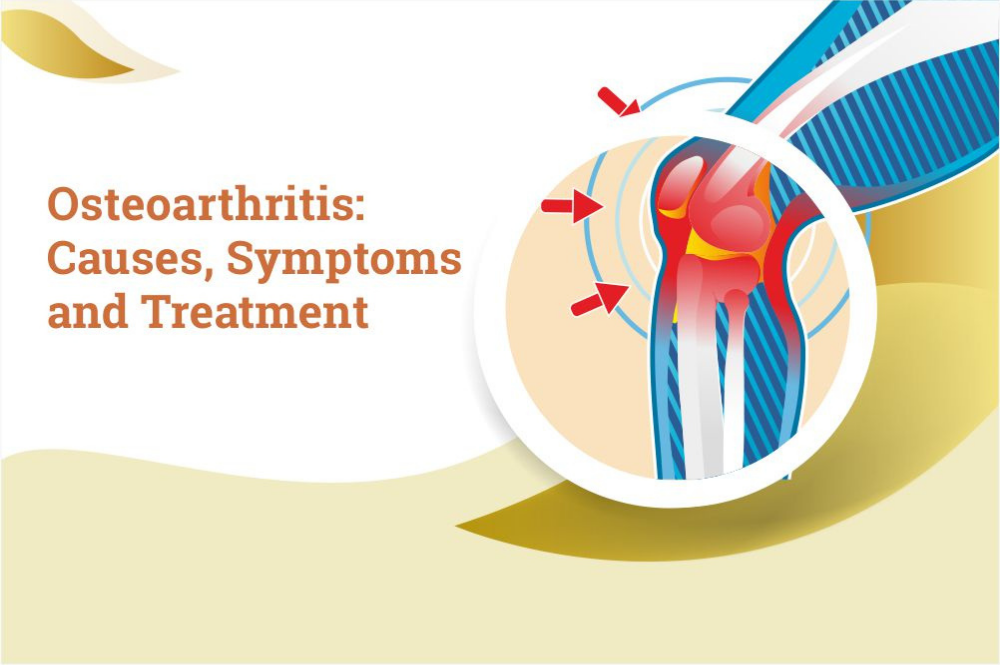

How is Osteoarthritis diagnosed? Understanding Osteoarthritis
4th Sep, 2020
Ever felt a nagging pain in your joints when you wake up? If yes, then you might be suffering from osteoarthritis, a degenerative disease that causes wear and tear of the cartilage muscle. But how is Osteoarthritis diagnosed? What are its symptoms and how can it be treated? To know more about this tricky disease, we asked some of the finest orthopedic specialists to share their expert opinion.
What is Osteoarthritis?
Osteoarthritis is the most common form of arthritis, affecting millions of people worldwide. It occurs when the protective cartilage on the ends of your bones wears down over time. It is characterized by loss of cartilage often coupled with low-grade inflammation and changes to the bone closest to the joint. This results in pain, stiffness, and trouble easily moving the joint. Due to the pain and loss of functional capacity, osteoarthritis can cause physical disability and reduce the quality of life and further increase the risk of morbidity.
How is Osteoarthritis diagnosed and what are its symptoms?
- Joint pain during or after movement.
- Tenderness in the joint area while applying light pressure
- Stiffness when you wake up in the morning or after a period of inactivity
- Loss of flexibility
- Grating sensation
- Bone spurs
These symptoms are often tell-tale signs of this disorder and help a medical practitioner give the right advice.
Causes of Osteoarthritis
Osteoarthritis can be caused by a range of factors that include excess weight, joint injury, and aging. Any joint can be affected by Osteoarthritis, but it occurs most frequently in the hands, knees, hips, and spine. Being a chronic condition, Osteoarthritis gradually worsens over time, especially if the contributing factors are not properly modified (particularly increased body weight and misalignment of the joint).
Global Prevalence of Osteoarthritis
According to the United Nations, by 2050 people aged over 60 will account for more than 20% of the world’s population. Of that 20%, a conservative estimate of 15% will have symptomatic Osteoarthritis, and one-third of these people will be severely disabled. This means that by 2050, 130 million people will suffer from Osteoarthritis worldwide, of whom the disease will severely disable 40 million. Costs associated with Osteoarthritis include costs for adaptive aids and devices, medicines, surgery, and time off at work.
Treatment of Osteoarthritis
There are no known therapies that can slow the progression of Osteoarthritis. However, treatments involving a combination of non-drug therapies, drug therapy, and surgery can help relieve symptoms, improve your ability to move, and allow patients to stay active. If Osteoarthritis is diagnosed early and given the right medication and treatment, it can be controlled enabling the patients to live a normal life.
Read more here:

